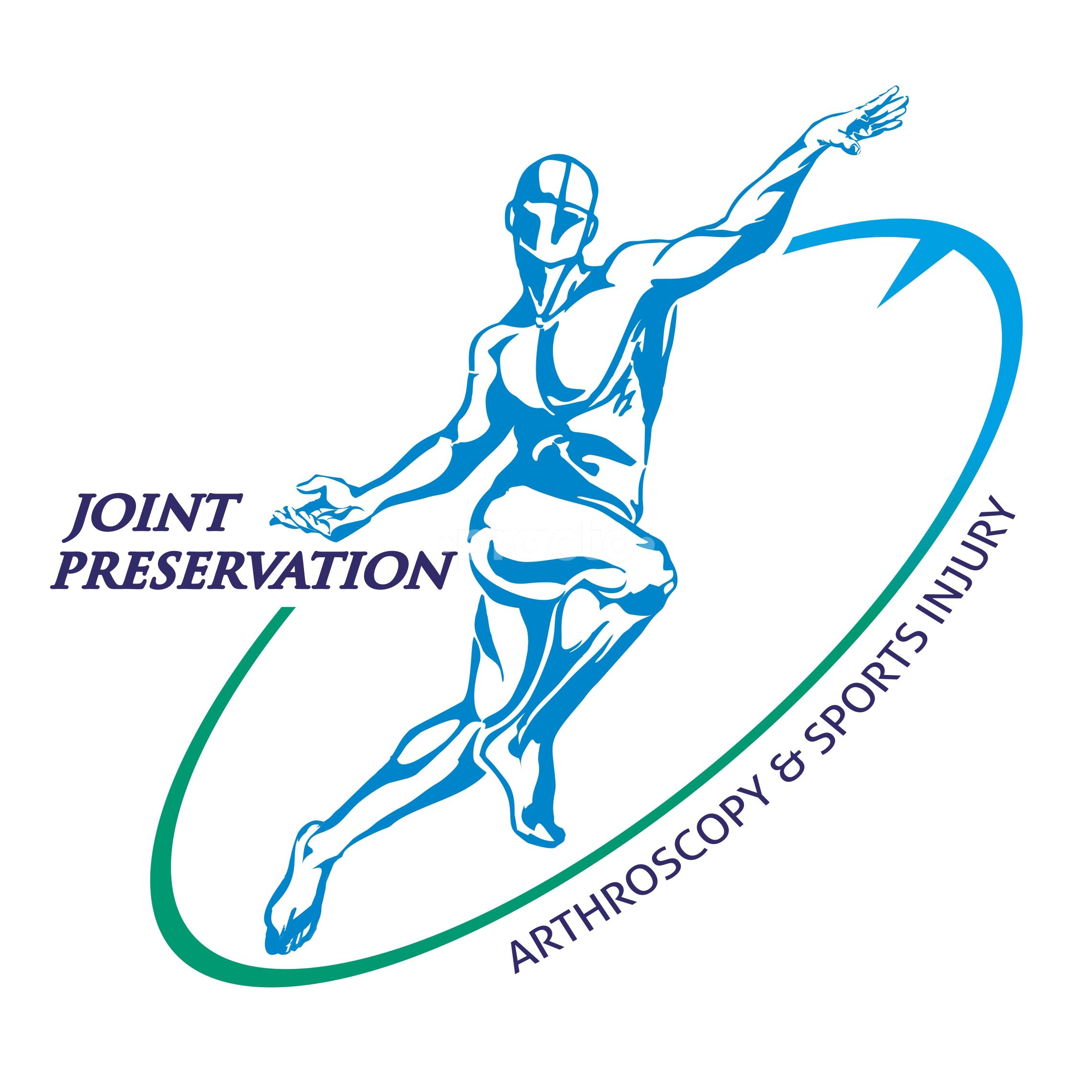+918048074521

This is your website preview.
Currently it only shows your basic business info. Start adding relevant business details such as description, images and products or services to gain your customers attention by using Boost 360 android app / iOS App / web portal.
Joint preservation surgery, specifically arthro...
Joint preservation surgery, specifically arthroscopy, is a minimally invasive surgical procedure used to diagnose and treat various joint conditions, including sports injuries. Arthroscopy involves the use of a small camera called an arthroscope, which is inserted into the joint through small incisions. This allows the surgeon to visualize the joint's interior and perform surgical repairs as necessary. In the context of sports injuries, arthroscopy can be used to address a range of joint-related issues, such as: Meniscus Tears: The meniscus is a cartilage pad in the knee joint. Arthroscopic surgery can repair or remove torn meniscal tissue, helping to restore joint function and alleviate pain. Ligament Tears: Ligament injuries, such as anterior cruciate ligament (ACL) tears, commonly occur during sports activities. Arthroscopic surgery can reconstruct or repair damaged ligaments using minimally invasive techniques. Cartilage Damage: Sports-related injuries can cause cartilage damage, leading to pain and impaired joint function. Arthroscopy can be used to treat cartilage defects through procedures like microfracture, autologous chondrocyte implantation (ACI), or osteochondral autograft transfer (OATS). Synovitis: Inflammation of the synovial lining of a joint can occur due to repetitive stress or overuse. Arthroscopy allows the surgeon to remove inflamed synovial tissue and address the underlying cause. The primary goal of joint preservation surgery is to repair damaged structures, reduce pain, and restore joint function. By utilizing minimally invasive techniques, arthroscopy can minimize tissue trauma, reduce recovery time, and potentially enhance postoperative outcomes compared to traditional open surgery. It's important to note that joint preservation surgery is typically recommended for individuals with specific indications, and the appropriate treatment approach may vary depending on the individual patient and the severity of the injury. A thorough evaluation by an orthopedic specialist is necessary to determine the most suitable course of treatment for each case.

